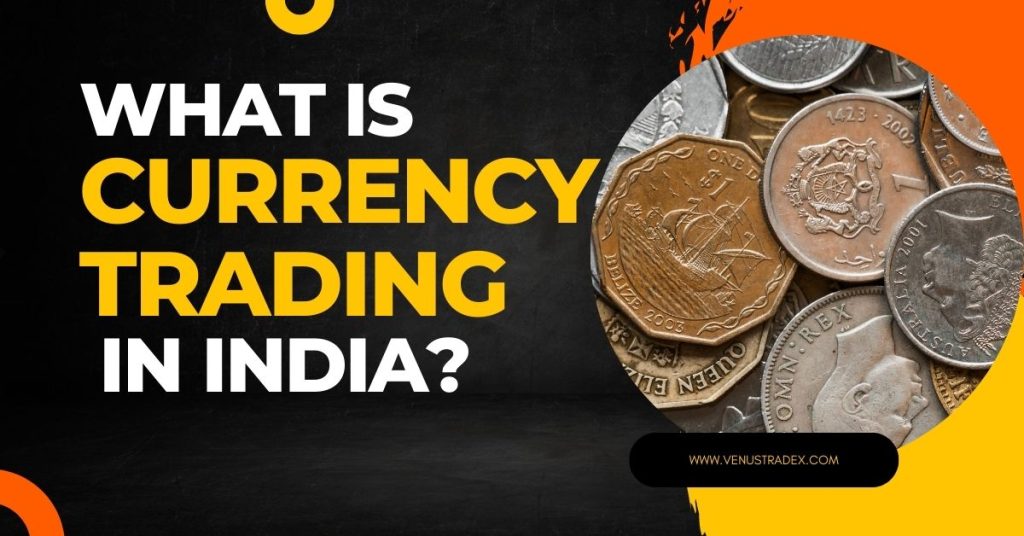In the dynamic panorama of financial markets, currency options trading has carved out a niche as a versatile tool for managing currency-related risks and amplifying trading opportunities. In India, currency options trading has witnessed a surge in popularity, captivating the interest of both seasoned investors and aspiring market enthusiasts. This comprehensive guide delves into the intricate world of currency options trading in India, aiming to empower traders with the knowledge and strategies to navigate this captivating market effectively.

Image: forextraininggroup.com
Demystifying Currency Options: A Gateway to Currency Market Mastery
Currency options are financial contracts that grant traders the right, but not the obligation, to buy or sell a specific currency at a predetermined price on a specified future date. Unlike futures contracts, which impose an obligation to trade, currency options empower traders with flexibility and enable them to speculate on currency movements without the burden of automatic execution. This flexibility makes currency options an alluring option for risk-averse traders seeking to mitigate potential losses.
The currency options market in India offers a wide range of currency pairs, affording traders the opportunity to speculate on the relative strength or weakness of various currencies. Major currency pairs such as USD/INR, EUR/INR, and GBP/INR dominate the market, providing ample liquidity for traders.
Navigating the Options Chain: Unraveling the Anatomy of Currency Options
The options chain is a tabular representation of all available currency options contracts for a given underlying currency pair and expiration date. Each contract within the options chain carries a unique combination of strike price and expiration date. The strike price is the predetermined price at which the trader can exercise the option, while the expiration date marks the day on which the option ceases to exist.
Traders can choose between two types of currency options: call options and put options. Call options confer the right to buy the underlying currency at the strike price on the expiration date, while put options grant the right to sell the underlying currency at the strike price on the expiration date.
Striking a balance between strike price and expiration date is crucial for successful currency options trading. Traders must meticulously assess their market outlook and risk tolerance to select options contracts that align with their objectives.
Unveiling Currency Options Strategies: Navigating Market Fluctuations with Precision
The versatility of currency options empowers traders to devise a multitude of strategies tailored to their unique trading goals and risk appetites. Hedging strategies, such as the protective collar or covered call, are employed to protect existing positions from adverse currency movements. Speculative strategies, like the straddle or strangle, aim to capitalize on expected currency volatility, while arbitrage strategies seek to exploit price discrepancies across different markets.
Choosing the most appropriate strategy hinges on a comprehensive evaluation of market conditions, personal risk tolerance, and financial constraints. Traders must meticulously analyze their market outlook, assess the inherent risks, and align their strategy with their long-term investment objectives.

Image: venustradex.com
Decoding Market Jargon: Essential Terminology for Currency Options Trading
Treading the path of currency options trading necessitates familiarity with key terms and concepts. The premium is the price paid by the buyer of an option contract to acquire the right to buy or sell the underlying currency. Intrinsic value is the difference between the current spot price of the underlying currency and the strike price, while time value represents the value of the option’s lifespan.
Option Greeks, such as Delta, Gamma, Theta, and Vega, are mathematical measures that quantify the sensitivity of an option’s price to changes in underlying variables. Understanding these concepts and their interplay is vital for mastering currency options trading and maximizing profits.
Trailblazing Currency Options Trading Platforms: Selecting a Gateway to Market Success
Selecting a reliable and feature-rich trading platform is paramount for successful currency options trading. Traders must meticulously evaluate platforms based on factors such as execution speed, trading fees, educational resources, and customer support. Popular platforms in India include Zerodha, Upstox, and Angel Broking, each offering a unique blend of features and advantages.
Choosing the optimal platform hinge on individual trading needs, risk tolerance, and financial constraints. Prioritizing platforms that offer user-friendly interfaces, advanced charting tools, and competitive pricing can pave the way for a successful currency options trading journey.
Currency Options Trading In India

Image: www.youtube.com
Conclusion
Currency options trading in India offers a dynamic and potentially lucrative avenue for traders to manage currency-related risks and amplify trading opportunities. By delving into the intricacies of currency options, traders can unlock the power of this versatile financial instrument and navigate the complexities of the currency market with greater agility and precision.
Remember, successful currency options trading is not a sprint but a marathon, requiring patience, discipline, and a continuous quest for knowledge. By embracing the strategies outlined in this comprehensive guide, traders can embark on a rewarding journey in the world of currency options trading in India and reap the benefits of this captivating financial instrument.






